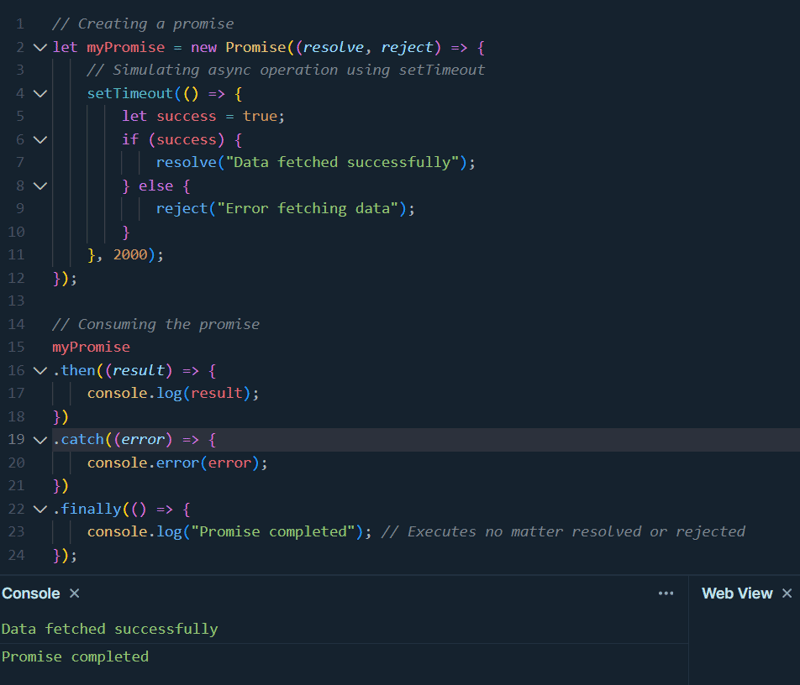Ever wondered how websites know your language preferences without asking. The answer is Accept-Language header.
The Accept-Language header plays a crucial role in software localization by indicating the preferred language(s) of the user’s browser or client application. This clever feature was designed to enhance your web browsing experience by making it smoother and more personalized, ensuring content is presented in the language you’re most comfortable with whenever possible.
When a user interacts with a web application or service, their browser automatically includes this header in the HTTP request sent to the server.
Software developers leverage the Accept-Language header to determine the user’s preferred language and tailor the content or user interface accordingly. This enables the server to provide responses, such as web pages or API messages, in the language that best suits the user’s preferences. For example, if a user’s browser sends an Accept-Language header indicating French as the preferred language, the server can serve content in French if available.
Localization frameworks and libraries often utilize the Accept-Language header to seamlessly switch between different language versions of the software based on user preferences. This enhances the user experience by presenting content in a language familiar to the user, increasing accessibility and usability. Accept-Language header is utilized for content localization, language-specific features and for analytics and statistics of users’ linguistic preferences.
In summary, the Accept-Language header facilitates software localization by enabling applications to dynamically adjust content and language settings based on user preferences, ultimately enhancing user satisfaction and engagement.
Accept-Language header in software localization





